Sugary and sticky, all types of dates are the natural sweeteners par excellence. These amber and coppery berries accompanied the dawn of civilization, and the first signs of cultivation date back to 8000 years ago. It goes without saying that for geographical, linguistic, and cultural areas, types and recipes exceed hundreds: a myriad of varieties.
The date is the fruit of the Phoenix dactylifera, better known as the date palm. Indeed, throughout the strip that goes from North Africa to the Middle East it is called the “tree of life” and it is easy to see why.
Imagine the classic mirage of an oasis in the desert: the refreshment of the palm, for the hungry and tired caravan drivers, becomes a substantial and nourishing source of nutrition.
In fact, dates carry an impressive energy and glycaemic charge from simple sugars (fructose) combined with mineral salts (calcium, iron, potassium), fibres, vitamins, and antioxidants.
Dates are typically harvested in the late summer or early fall, and the process begins with careful selection. The ripening cycle is divided into four phases called Kimri, Khalal, Rutab and Tamar. Depending on the harvest and drying period, the dates are divided into fresh, dry, and dried seeds.
They can be differentiated based on residual moisture, micronutrients, caloric value, macronutrients, and storage. To simplify: a dry date lasts longer, is smaller, more calories, fewer vitamins but more carbohydrates.
Contents
List of Most Popular Types of dates
As natural candies or to enrich elaborate single dishes of rice, meat and vegetables, dates are versatile. Let’s talk about it, with this small guide to the varieties of dates: 15, to be precise, with our tips on how to best use them in the kitchen.
1. Medjool Dates
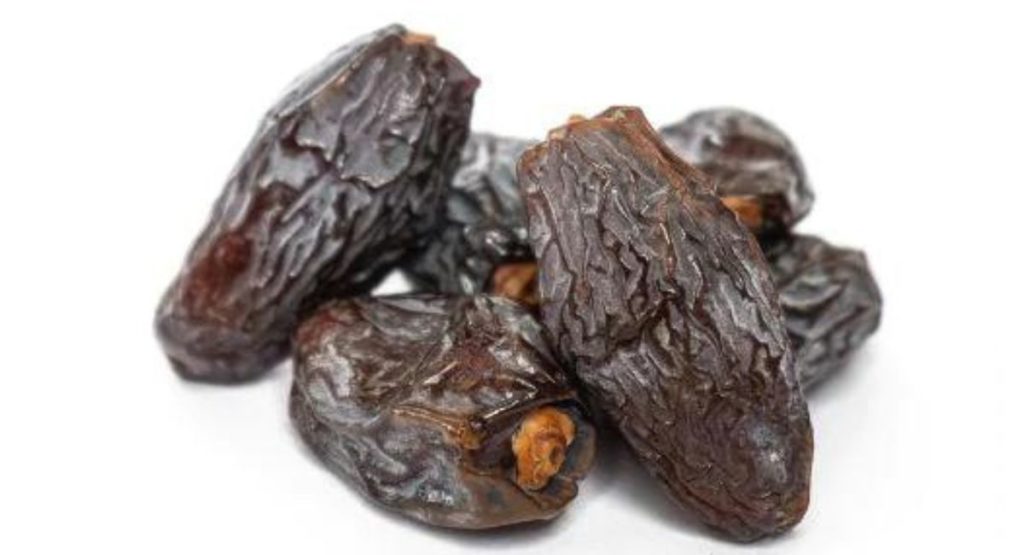
Among the best known we certainly find the Medjools originating from Morocco, Palestine, Jordan, and Saudi Arabia. The fruits are harvested and selected at an early stage of ripeness (at the Kimri stage between 9 and 12 weeks after pollination) to concentrate the substances and favour the growth of volume.
The sizes in fact vary between large, king and jumbo. In addition to size, Medjools are distinguished by colour (from amber to reddish), soft consistency, fibrous texture, and rich and caramel flavour reminiscent of maple syrup. Preferably eat this types of dates fresh as a snack or in raw food desserts such as bars, energy balls and no-bake cheesecakes.
2. Deglet Noor Dates
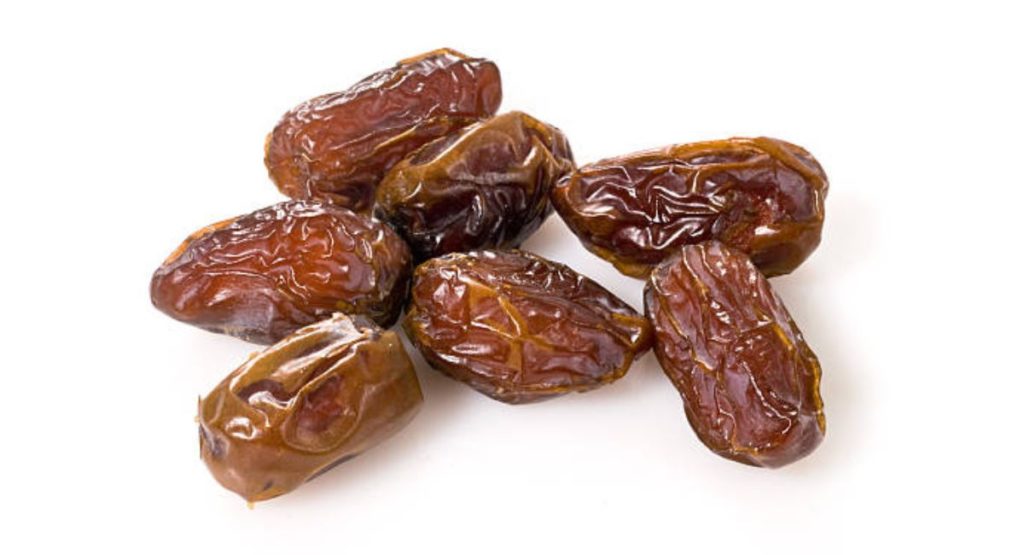
Royal date, of heaven, of light, even “mother and queen of all types of dates”. There are many names of Deglet Noor or Nour typical of North Africa, particularly Algeria, Tunisia, and Libya. It is a semi-dry variety with late ripening. It has medium size, amber colour, and translucent appearance.
The “of light” refers precisely to its central part, which is golden and shining in the sunlight. The delicate flavour with notes of dried fruit and the compact and pasty consistency makes it ideal for cooking. Pair it with roast pork, chicken tagine and vegetables and leavened products such as bread, cakes and muffins.
3. Barhi Dates
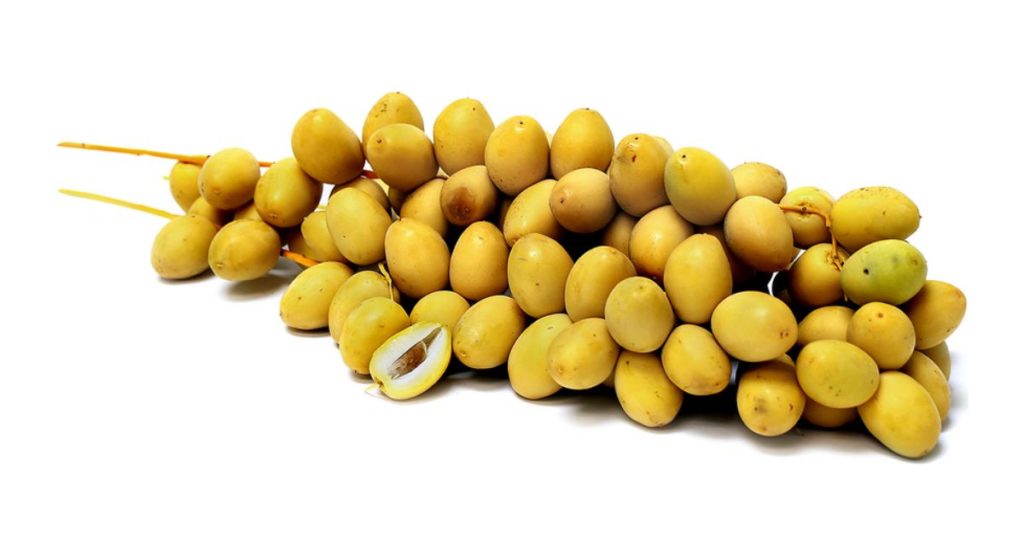
Originating from the city of Basra in Iraq from which they take their name, today the Barhi are grown mainly in the desert areas of the United States. They carry a series of relative superlatives: the smallest, the most fragile, the softest of dates.
They are eaten fresh at the Khalal stage, in which the flavour is reminiscent of apple, coconut and sugar cane; or later, when the colour changes from yellow to beige and then to brown and the flavour is more like toffee and butterscotch. Use them in desserts to replace sugar and as a booster for fresh and dried fruit salads.
4. Halawy Dates
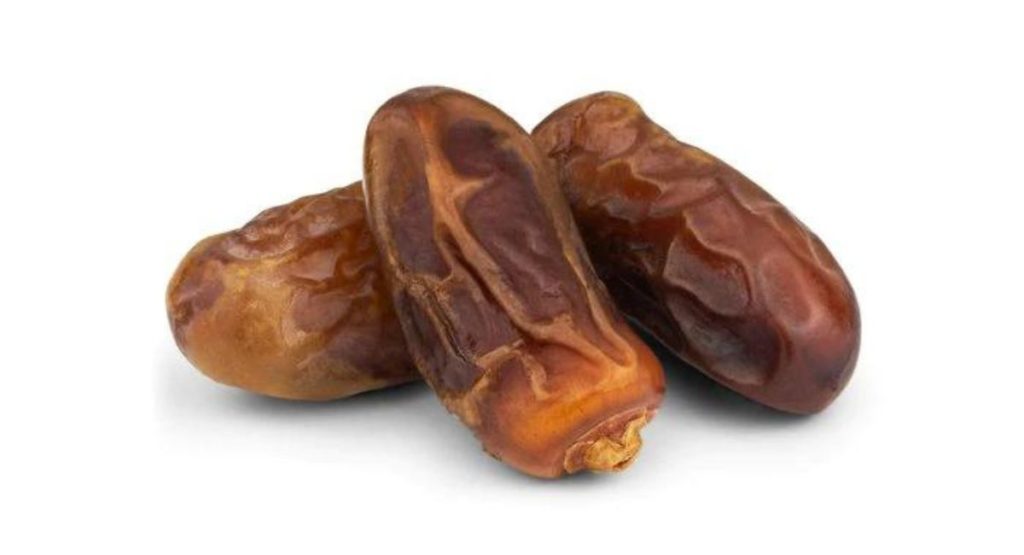
Halawy in Arabic means “sweet”, and you already understand where this is headed. This ancient variety originally from Mesopotamia (today corresponding to Iran, Iraq, and Syria) tastes like butter, honey, and caramel.
An all-natural bon bon of small to medium size, golden color and tender and delicate texture. Offer it to the children instead of candies (without exaggerating) or have fun transforming it into a base for ice cream, parfaits, and Middle Eastern flavoured biscuits such as tahini cookies.
5. Khadrawi Dates
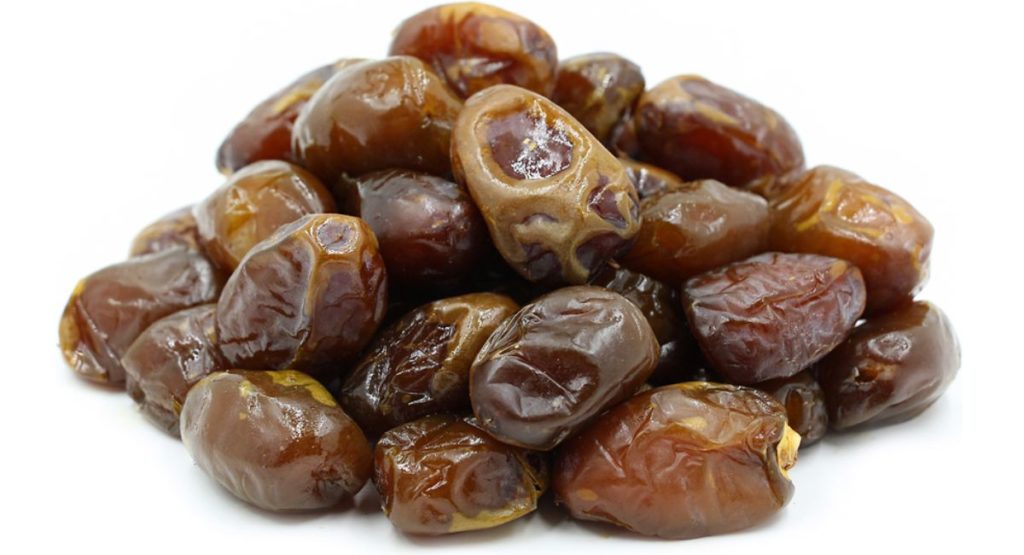
The Khadrawi are originally from Iraq and are distinguished by their sticky and not particularly fibrous texture. In appearance they are like Medjools, however they are smaller in size and brown in color turned towards mahogany.
The sugary flavor is very reminiscent of dried figs with a buttery and delicate aftertaste. Easy to flake and reduce to a paste, add them to smoothies, drinks and acai bowls.
6. Piarom Dates
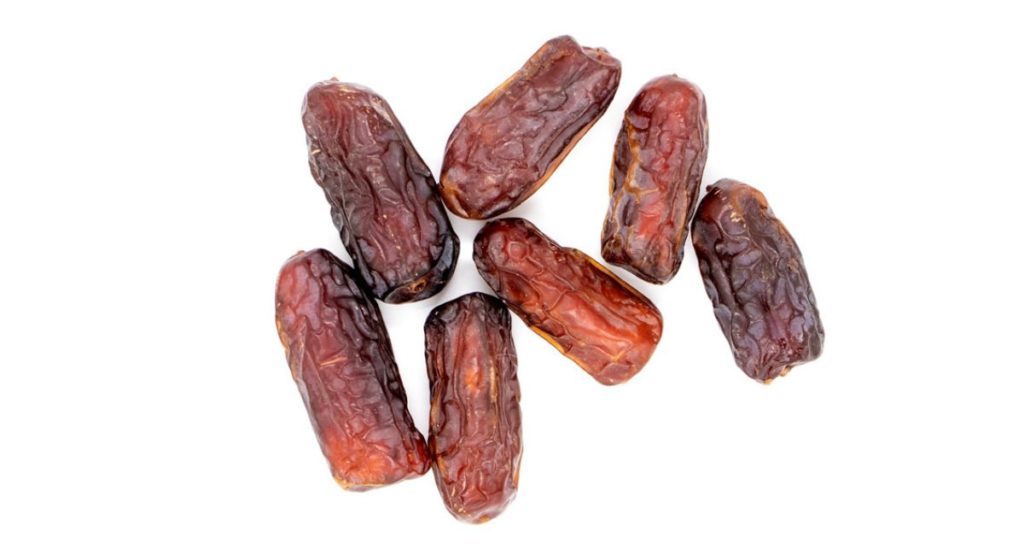
A very ancient semi-dry variety widely spread throughout the Persian Gulf and Mesopotamia, the Piarom are distinguished by several characteristics. These include the elongated and oval shape; the rich and consistent pulp; the dark colour of the skin; and the unique flavour of toffee and dark caramel.
Piarom pairs perfectly with dried fruit: stuff them with walnuts and almonds for a bite full of energy, or use them in homemade bars, truffles, and chocolates.
7. Mazafati Dates
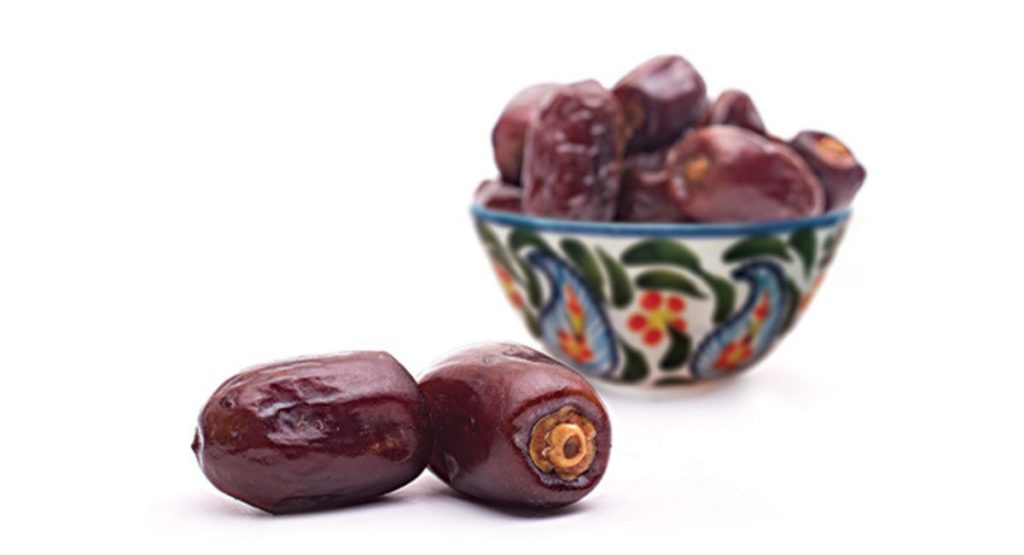
The Mazafati come from Kerman in Iraq, a city of millenary culture with ancient mosques and fire temples (Game of Thrones readers know something) dedicated to Zoroastrianism.
These dates are large and dark brown, with a glossy surface. They have a soft texture and a rich, sweet flavour. They are a popular ingredient in Iranian cuisine. and are used in a variety of dishes, including desserts, breads, and stews. Mazafati dates are also used as a natural sweetener.
8. Rabbi Dates
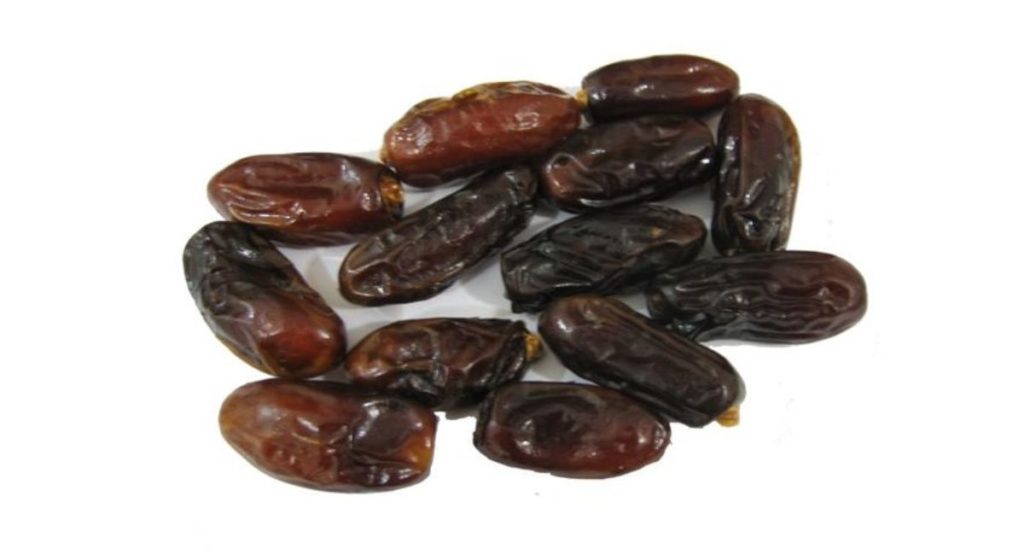
The Rabbi are also Persians, this time from the Sistan Baluchistan region in the southwest of the country. They are mainly distinguished by the oval and elongated shape of medium-large size. The colour is dark red tending to black and the bite is rich and balanced.
The flesh of the rabbi date is sweet and chewy, and can be eaten fresh or dried. The fruit can also be used to make syrup, wine, and beer. They are typically eaten as a snack or as part of a meal. The taste is sweet and slightly acidic. They also contain a type of sugar called fructose, which is used by the body for energy.
Also read: Types Of Edible Mushroom In India
9. Thoory Dates
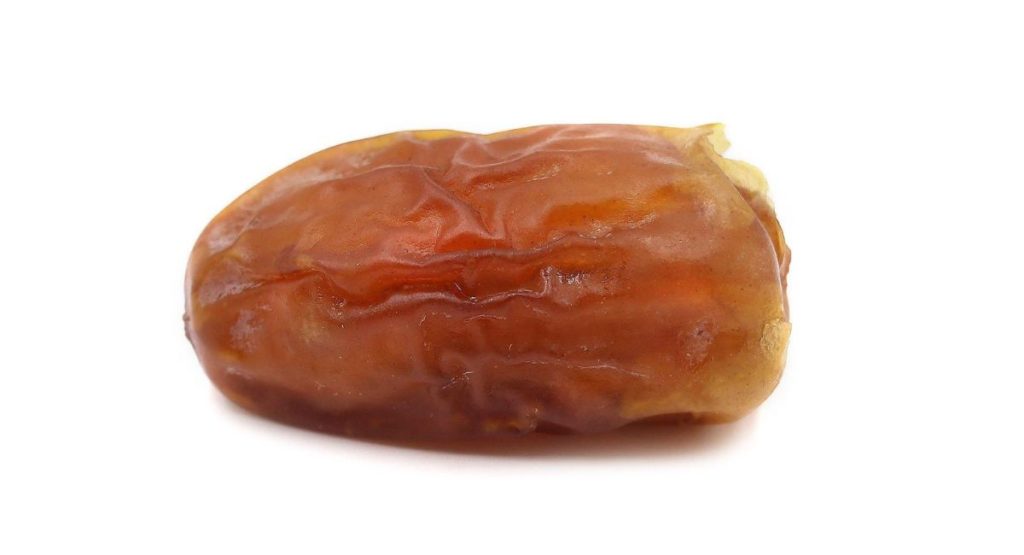
The late date from Algeria is called Thoory or Thury aka “date of bread”. The curious nickname derives from its harmonious feeling with everything related to bakery and pastry, where it is widely exploited for sweetness and aroma.
Other particular features are light colour, oval shape, golden pulp and dried fruit flavour with a toasted aftertaste. Follow the advice of the experts and use it for baklava – like cookies, multigrain breads and breakfast breads.
10. Zaghloul Dates
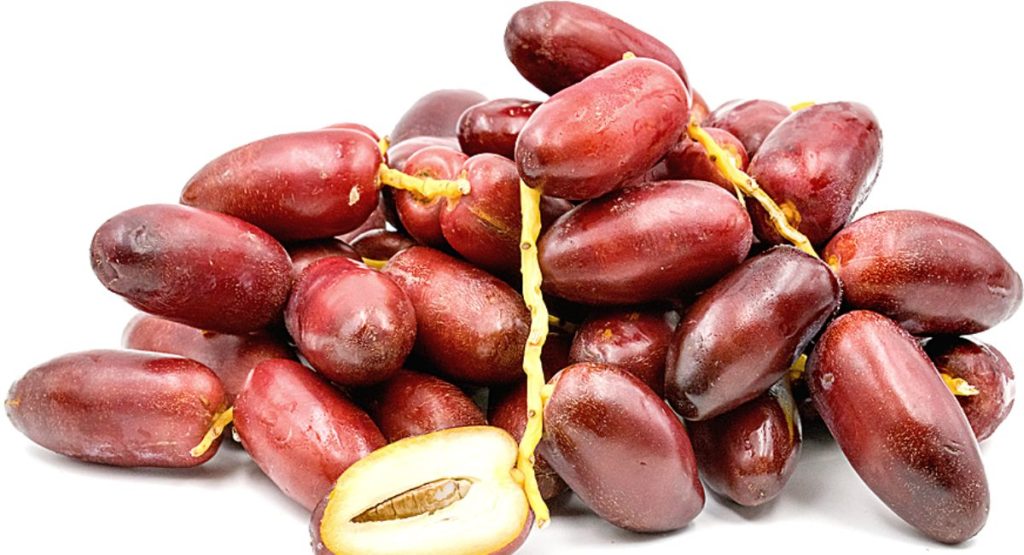
Also called “red date”, Zhagloul originates in Egypt but is widely cultivated in Israel and even further east in India and Pakistan. The fruit is typically harvested in the Khalal phase (seeds mature 24 weeks after pollination) when the colour of the skin turns red.
This variety has a rather large size, elongated shape and a particular sweetness mixed with astringency reminiscent of spices (cinnamon) and brown sugar. Taste it carefully and don’t be afraid to use it in combination with savoury dishes such as grilled cheese and meat, celery, apple, cheese, and walnut salad or simply “seasoned” with melted chocolate and a pinch of salt.
11. Dayri Dates

The Dayri is the “date of the monastery” whose dark brown colour would remind one of the monastic habits. In reality it is a temporary phase because, depending on the degree of ripeness, it can be red, amber and coppery. However, the religious component remains according to Islamic tradition, Dayri would have been the food with which the Prophet would have broken his fast.
Originally from the city of Basra in Iraq, it is a semi-dry variety with an intense flavour and soft texture. It is suitable for sweet and savoury dishes, and is easily combined with fresh cheeses and cold cuts cooked on the tasting board.
12. Zahidi Dates
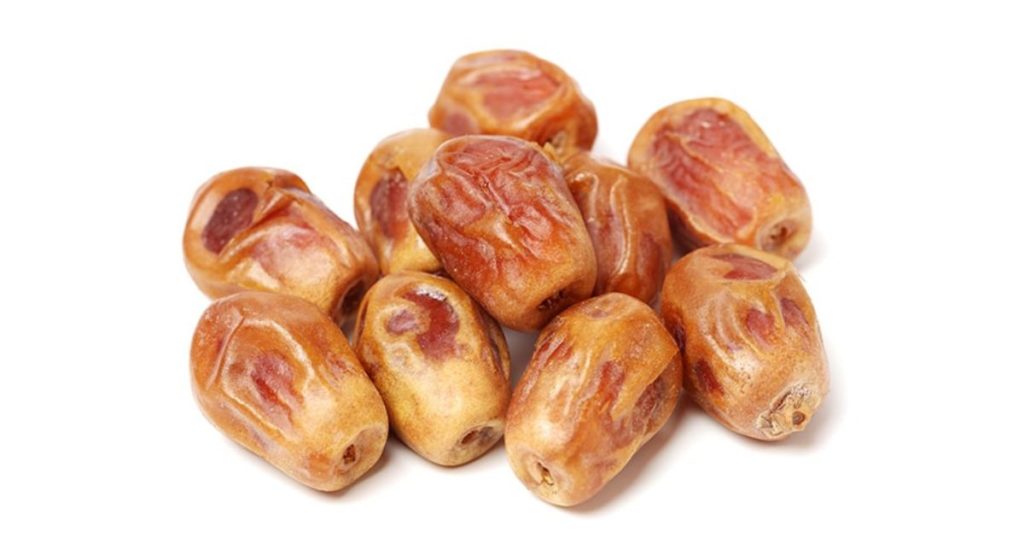
Zahidi means “of small quantity or nobility”, a sort of in the small barrel there is the good Iraqi version wine. It is a semi-dry variety of medium size, round shape, and golden colour.
The toasty flavour, reminiscent of peanut butter and dried apricots, and the firm texture make it an excellent candidate for cooking. Use it in single rice dishes (for example the sumptuous “jeweled” Persian cuisine) or other cereals such as couscous and vegetable tabbouleh.
13. Sukkary Dates
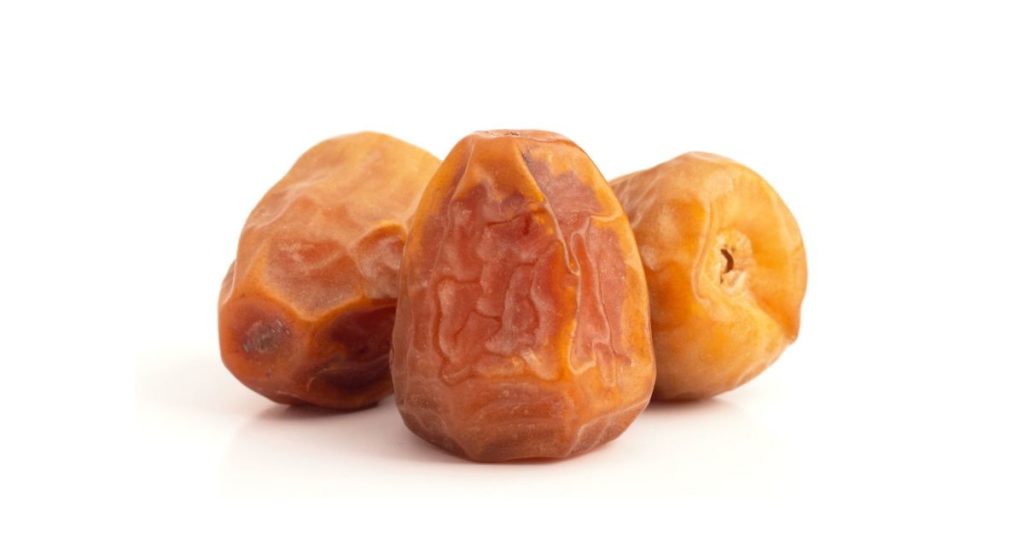
The sugar of the Sukkary is not only in the pulp, but also part of its actual etymology. The name derives from sukkur or sugar in Arabic, the same root as the corresponding neo-Latin.
The fame of melting in the mouth dates precedes it, and in the region of Al Qassim in Saudi Arabia from which it comes it is called the “queen of dates”. Sweet, golden, royal, what more could you ask for? Enjoy it calmly and, for an even more enveloping effect, soak it in tea, coffee, or chocolate.
14. Khudri Dates
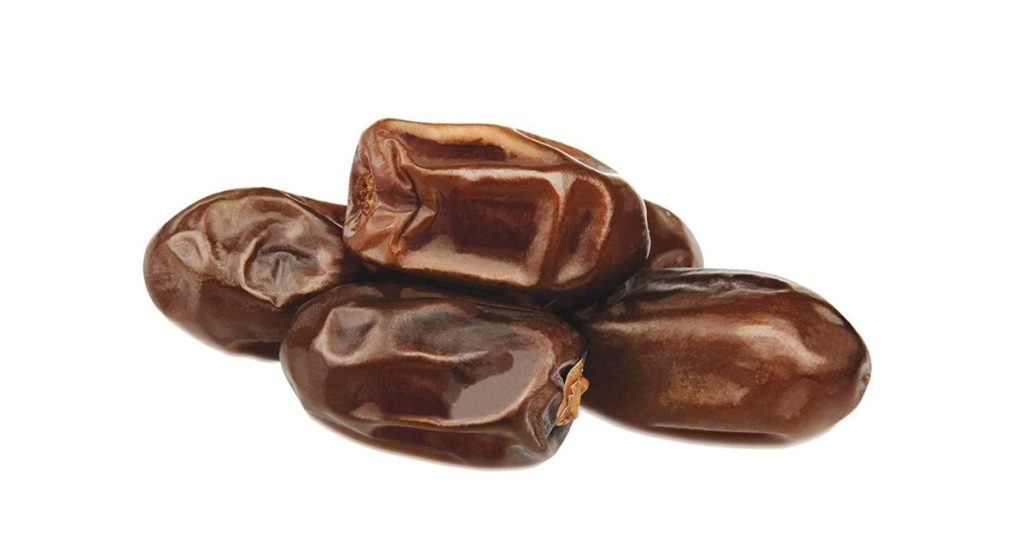
Khudri dates are one of the most delicious and sought-after varieties of dates in the world. They are native to the Khudri region of Oman, where they have been cultivated for centuries.
These dates are prized for their sweetness, which is said to be like honey. They are also very large, and can weigh up to two pounds each. The skin of Khudri dates is thin and brown, and the flesh is a deep red color.
Khudri dates are often used in desserts, such as date pudding and date cake. They can also be eaten fresh, or dried and used as a sweetener in various recipes. They are also said to be excellent for your health, as they are a good source of fiber, vitamins, and minerals.
15. Safawi Dates
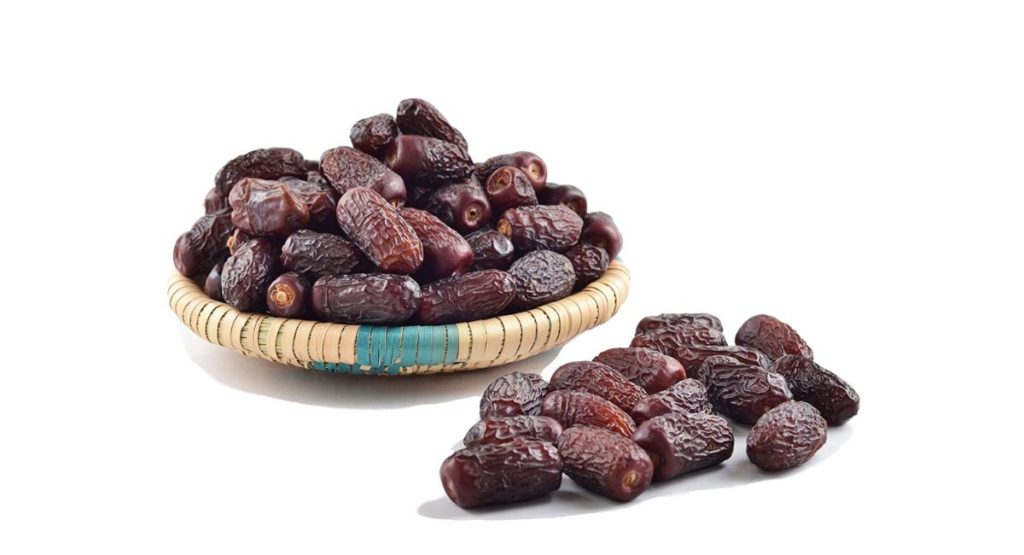
The Safawi are originally from Medina, the western region of Saudi Arabia and the second most important sacred place after Mecca in the Islamic religion. It is a dark cherry red semi-dry variety renowned for its soft, luscious texture and detoxifying and digestive properties.
Flavour and texture resemble the aforementioned Khudri, including an unobtrusive sweetness at times refreshing. Enjoy them as a snack or in fresh vegetable dishes.
Conclusion
There are many different types of dates, each with their own unique flavor and texture.
- Medjool dates are large and plump, with a rich, caramel-like flavor.
- Deglet Noor dates are smaller and drier, with a more delicate sweetness.
- And finally, Khadrawy dates are small and moist, with a deep amber color and a nutty flavor.
While all three types of dates are delicious on their own, they can also be used in a variety of recipes. Medjool dates are often used in desserts, while Deglet Noor dates work well in savory dishes. And Khadrawy dates are perfect for snacking or adding to smoothies and yogurt.
So whatever your preference, there is sure to be a type of date that you will love.

Raj Kumar Prasad is a movie buff with a zest for travel and a passion for food. He enjoys sharing his adventures and insights at festalks.com. Whether he’s exploring new destinations, savoring different cuisines, or catching the latest flicks, Raj loves to engage with his readers and spark lively conversations. Dive into his world and discover fresh perspectives on all things fun and flavorful.
